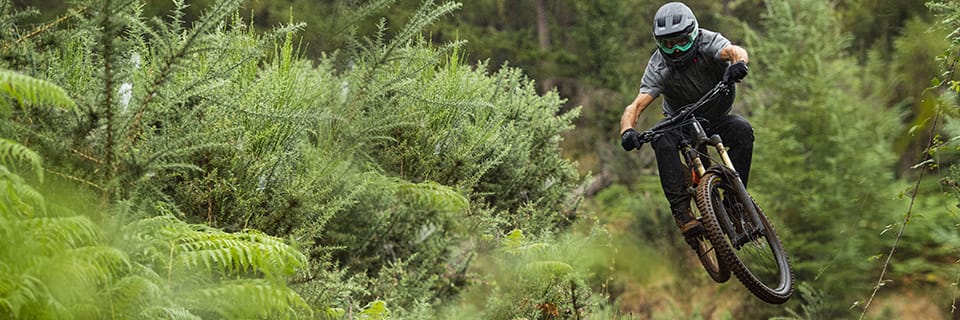Mountain biking demands constant commitment, whether uphill or downhill, regardless of the type or level of riding. A minimum of training is therefore essential for safe riding and maximum enjoyment. Regular practice is a good starting point for maintaining mountain bike fitness. But if you want to progress in a particular discipline (XC, Enduro, Downhill), you need to follow the right preparation.
It's never too late to work on your mountain biking skills! You can develop your physical qualities and sharpen your riding skills with the right training and exercises.
Discover all the advice from the Probikeshop team on how to improve your mountain biking skills.
HOW TO BUILD ENDURANCE TO PROGRESS ON A MOUNTAIN BIKE?
Endurance is the ability to ride for long periods at a constant level of effort. It's the first quality that mountain bikers work on to improve their physical condition. By building up your endurance, you can postpone the (inevitable) moment when you start to feel tired.
Improving endurance
Like all endurance sports, mountain biking puts a strain on the respiratory, cardiovascular, muscular and energy levels of the body. Not to mention the mental dimension of physical exercise. Your qualities in all these areas explain why you can maintain your mountain biking effort for varying lengths of time.
Endurance sessions enable you to work on various aspects of exercise mechanics, in particular :
- Aerobic capacity or cardiorespiratory capacity (ability to efficiently deliver oxygen to the muscles);
- Muscular resistance;
- mental fatigue management.
The longer the MTB competition, the more important endurance is. Logically, cross-country training is far more important than downhill training. Regardless of the discipline, endurance training remains fundamental to improving physical fitness.
Exercises to develop endurance
To improve your endurance on a mountain bike, you need to extend your outings. The idea is to get your body, your muscles, your cardio and your "energy engine" used to riding for longer. Whatever your starting level, increasing the duration of your sessions is always a gradual process. Your training should regularly include sessions focusing on the basics.
It's not enough to ride blindly for hours on end, you also need to ride at the right intensity. Endurance pace is a comfortable rhythm (less than 85% of FC Max or 40-60% of PMA). It corresponds to light (i1) or medium (i2) intensity on the ESIE scale.
Examples of training to improve endurance :
- Mountain bike outings lasting between 2 and 5 hours (light intensity i1 or medium intensity i2);
- Road bike outing between 2 and 5 hours (i1 or i2);
- Home-trainer session between 2 and 5 hours (i1 or i2);
- Other sports: jogging, swimming, cross-country skiing.

HOW TO IMPROVE YOUR PHYSICAL QUALITIES TO PROGRESS ON A MOUNTAIN BIKE?
After endurance, the mountain biker's other skills are strength, power, speed, stamina and explosiveness. Climbing long climbs at pace, tackling brittle descents, relaunching at every bend, powering up brutal slopes... Mountain biking demands strength in both legs and upper body!
Fractional training to progress
Mountain bikers never make a linear effort, as the rugged, technical and tricky terrain means they often have to change pace. In training, they must necessarily get used to repeating violent efforts.
Interval training is an excellent way to improve your mountain biking and push your limits. It consists of repeating several series of high-intensity efforts, interspersed with recovery time. In particular, it boosts endurance and explosiveness, while mentally preparing you for the difficulty of competition.
To match the effort required for mountain biking (particularly in XC and Enduro), we recommend targeting the i5 and i6 intensity zones during your sessions. They enable you to progress in terms of maximum aerobic power (i5) and lactate tolerance (i6).
Fractional exercise examples:
- 3 sets of 10 minutes at critical intensity (i4) + 5 minutes recovery at medium intensity (i2), on rolling terrain;
- 3 sets of 2 minutes on critical intensity (i5) + 2 minutes recovery on i2, slightly uphill;
- 6 sets of 1 minute at i5 + 5 minutes recovery at i2, on rolling terrain;
- 2 sets of 12 repetitions of 20 seconds at sub-max intensity (i6) + 40 seconds recovery, on a very steep slope of over 15%.
Work on pedaling strength and velocity
It's not enough to vary the intensity of your training; you also need to vary the frequency of your pedaling. As intensity is not linear in racing, the mountain biker's pedaling rhythm is not constant either. On a downhill run, you need to sprint back to full power in a very short space of time.
On climbs, they have to power through certain passages or relaunch with velocity, using a small gear ratio.
Low-cadence exercises improve strength, overspeed exercises velocity, and sprints explosiveness.
Examples of strength-oriented mountain bike exercises:
Sustained pace (i3) for 3 minutes until exhaustion, sitting on the saddle with a low cadence (60 pedal revolutions/min), on an even gradient of around 5% (repeat 2 times);
Sustained pace (i3) for 3 minutes, seated on the saddle with a low pedal frequency (60 rpm) + critical effort (i4) dancing until exhaustion (60 rpm), on an even gradient of around 6% (repeat 2 times).
Examples of exercises focusing on mountain bike velocity:
Repeat standing start sprints with a development that allows you to finish at 120 rpm (on the flat) and 100 rpm (uphill);
Downhill overspeed exercise (3 km at sustained intensity with high frequency (120 rpm).
Examples of explosive mountain bike exercises:
- Short sprints (7 seconds);
- Jump squats.
Strengthen your physique indoors
Muscle-strengthening and sheathing exercises are always useful when mountain biking. They are an important part of training in the most demanding disciplines, such as downhill.
Serious physical preparation helps you to become stronger, more resistant and denser on the bike. It also helps to correct muscular imbalances and prevent pain and injury. By improving your physique, you improve your position, feel and efficiency on the bike. You'll reduce the parasitic movements that interfere with smooth riding and optimize your power transfer.
Indoor training focuses on the upper and lower body. Your sessions should target the muscle groups most in demand when mountain biking: legs, abdominals, back, pectorals, biceps, triceps and shoulders.
Examples of muscle-strengthening exercises for mountain biking:
- Chair;
- Squats and jump squats ;
- Lunges ;
- Bench press ;
- Medicine ball ;
- Rowing machine ;
- Sheathing exercises ;
- Proprioception exercises.
HOW TO IMPROVE YOUR MOUNTAIN BIKE TECHNIQUE?
Mountain bike technique covers all the skills needed to control a bike. It involves various qualities (skill, agility, dexterity, reflexes) and riding skills (braking technique, sense of trajectory, position). While some of these qualities are innate, you can always work on them in training to improve your mountain biking skills.
Technique comes into play at every moment on a mountain bike, but it's primarily expressed downhill, on the most difficult terrain. The best technicians are the most at ease downhill, the most fluid and dexterous.
The fundamentals of mountain bike technique
Technical exercises are designed to improve your ability to control and handle your mountain bike. This includes fun exercises that challenge your sense of balance, dexterity and agility.
If the cyclo-cross course is fairly flat, the use of high rims will help you gain in aerodynamics. We advise you to adapt your strategy according to your size and to play on your qualities. If your profile is that of a "light climber", there's no need to start out with high-profile rims. One thing to remember: light equipment is always beneficial on steep climbs.
You can draw up themed mini-circuits, slaloming between trees, with tight turns, right/left, on slopes, etc. Repeat the passages to gain experience. Repeat the passages to improve your fluidity, your position and the best gear for corner exits. You'll also need to master other fundamental mountain bike techniques, such as manual and bunny up.
Progressing downhill
It's important to practise scales to improve your downhill technique. Riding downhill several times helps you to refine your trajectories and gain speed and confidence. You can work on entering and exiting turns by playing with different approach speeds and angles. The aim is to find the best formula between speed and grip.
Technical and challenging descents place heavy demands on the body. When not relaunching at full throttle for the sake of relaunching, the rider usually remains static on his legs. Indoor exercises can help to maintain this attack position (chair and squats).
A few tips for technical progress
- Vary the downhill terrain (fast, technical, brittle, scree, roots, dry, wet, mud);
- Vary your cycling: BMX or Pumptrack are excellent ways to improve your mountain bike technique!
- Practice in a bike park, for commitment and speed;
- Incorporate downhill work into your fitness sessions to simulate real race conditions.
OPTIMIZE RECOVERY TO OPTIMIZE MOUNTAIN BIKE TRAINING
Recovery and all aspects of healthy living must be taken into account in mountain bike training. The quality of sleep and nutritional intake during and after exercise are crucial. Improving your habits in these areas will help you reach your best level.
Passive and active recovery
Recovery is an integral part of mountain bike training, and one that is all too often neglected. These moments are essential for capitalizing on the work you've done and getting the progression process off to a good start. The body needs rest to regenerate and readapt, to eliminate waste products and replenish its reserves.
You need to plan regular breaks in your training program (passive recovery). Low-speed recovery rides are also useful after an intensive training phase (active recovery). Riding for 1 to 2 hours at a slow pace activates muscles and eliminates toxins.
The quality of sleep has a direct impact on a mountain biker's fitness. Poor sleep leads to fatigue and prevents the body from assimilating effort. Improving sleep regularity, with full nights of 7 to 9 hours, will help you become a better athlete.
Healthy eating and effective sports nutrition
Nutrition and hydration are other performance-related topics that mountain bikers should seek to improve. During exercise, you need an effective strategy to provide your body with all the energy it needs. After the effort, you need to replenish your reserves as quickly as possible to optimize your recovery.
In your day-to-day life, you need to make sure you eat a healthy, varied diet. This is the best way to provide your body with all the essential nutrients. And to prevent any form of deficiency that could adversely affect your fitness and performance.
TRAINING ON CROSS-COUNTRY, ENDURO AND DOWNHILL MOUNTAIN BIKES
Each mountain bike discipline has its own physical and technical requirements. It's important to identify the qualities you need in order to adapt the training plan that will enable you to progress.
Cross-country training and progress
In XCO format, a cross-country competition represents over an hour of effort, repeated at a steady pace. Technical descents follow demanding climbs over several laps of the circuit. The challenge is to keep up the intensity and keep a clear head on the way down.
Cross-country training begins with a solid endurance block. This preparation then enables progress to be made on specific qualities: muscular strength/power, velocity and explosiveness. The sessions also include technical sections to work on steering.
Enduro training and progress
Enduro mountain biking calls for excellent riding skills on the special stages, as well as impeccable physical fitness to handle the liaison sections properly. The total distance covered is several dozen kilometers, with a significant vertical drop. All the effort is concentrated in one or two days, depending on the format. What's at stake in the Enduro? Having enough "body" to ensure that your riding skills don't deteriorate with every kilometer.
Enduro mountain bike racing requires comprehensive training, combining physical preparation and technical work on the bike. Endurance is a pillar that must not be neglected, to cope with distance and effort. Punch", upper and lower body strength and stamina are the main areas of improvement for enduro mountain bikers. Regular technical training helps to continually sharpen your riding skills.
Downhill training and progress
In DH, you need to know how to steer and control your mountain bike, commit yourself fully and stay clear-headed. A rider's technique and instinct are nothing without solid physical condition. Muscular tension is at its highest during a run!
Muscular strengthening plays an essential role in the preparation of downhill mountain bikers. Sheathing and bodybuilding exercises help develop muscular power and endurance. Explosiveness is also the subject of specific and regular training. Last but not least, DH riders need to work on their cardio system to delay the onset of fatigue and make it easier for them to complete their runs.
Découvrez tous nos conseils & Tutoriels
MTB Universe
-
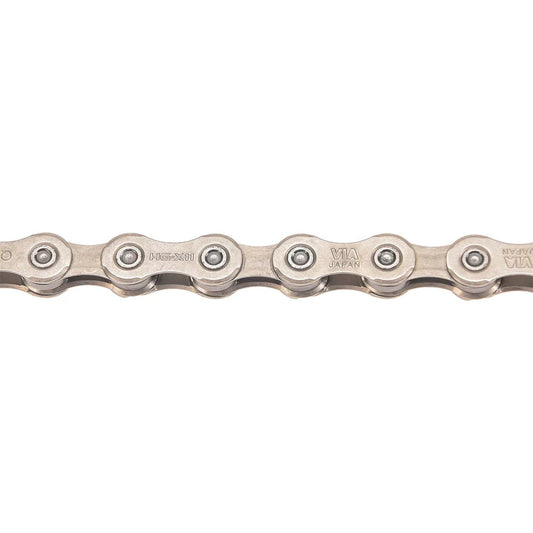
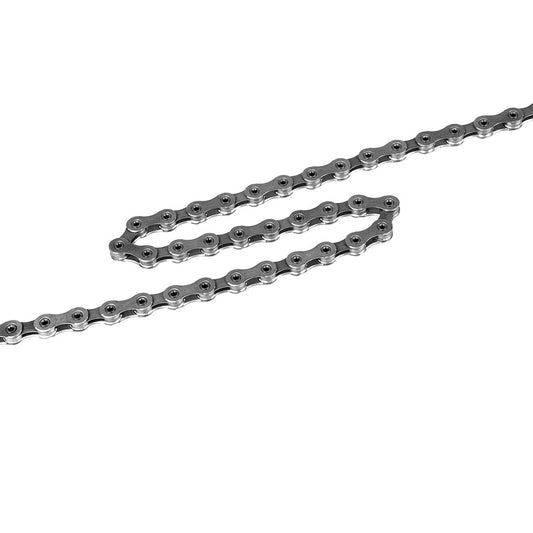
11 Speed SHIMANO XT ULTEGRA CN-HG701-11 Quick Link E-Bike Rated chain
Regular price From 28,99 €Regular priceUnit price per -
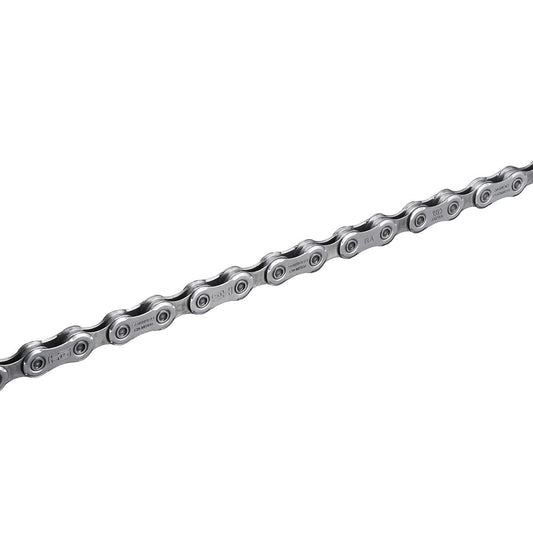
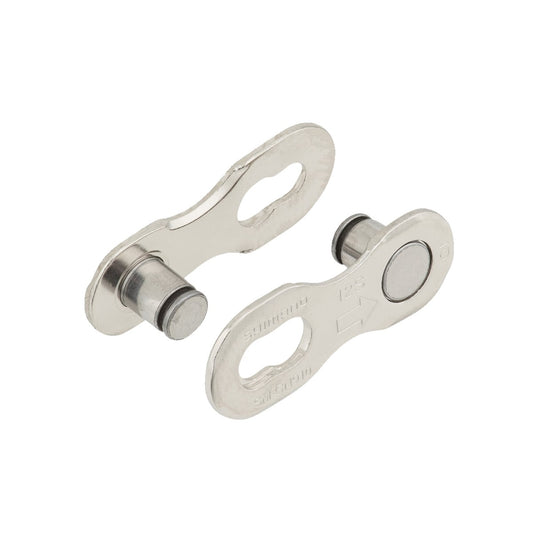
12 Speed SHIMANO XT ULTEGRA CN-M8100 Quick Link E-Bike Rated chain
Regular price From 29,99 €Regular priceUnit price per -
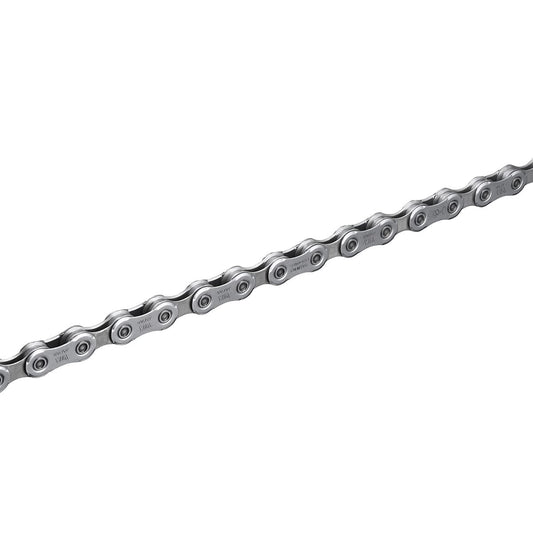
12 Speed SHIMANO SLX 105 CN-M7100 Quick Link E-Bike Rated chain
Regular price From 19,99 €Regular priceUnit price per -

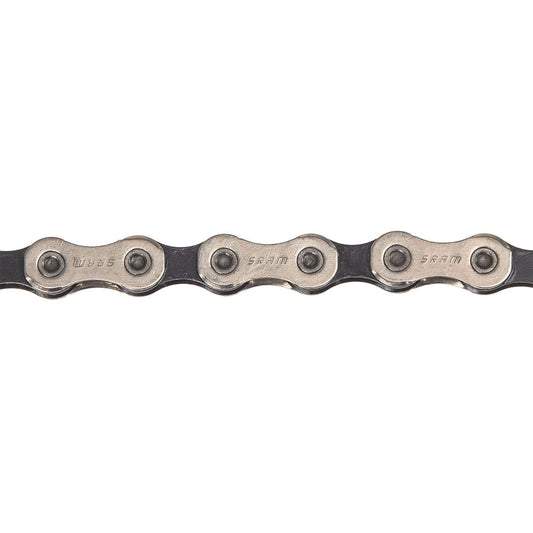
Chain 12 Speed SRAM GX EAGLE
Regular price From 22,99 €Regular priceUnit price per -
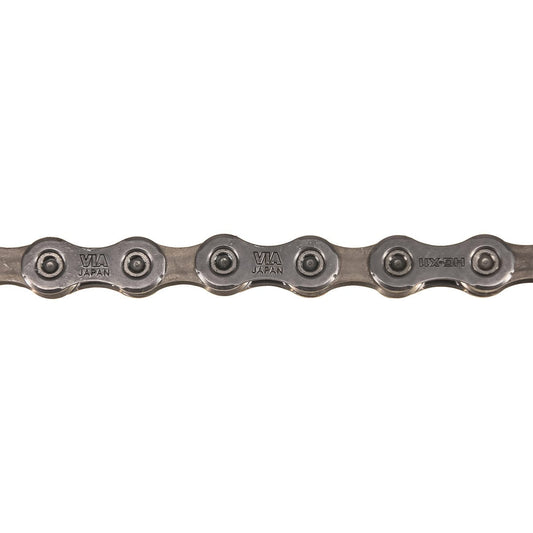
11V SHIMANO SLX 105 CN-HG601-11 E-Bike Rated chain
Regular price From 19,99 €Regular priceUnit price per -
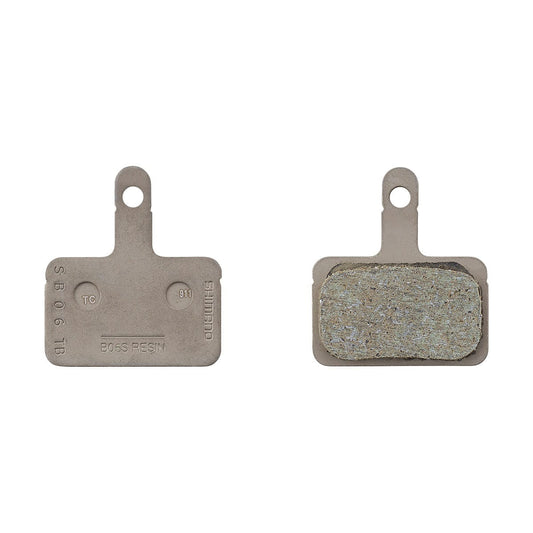
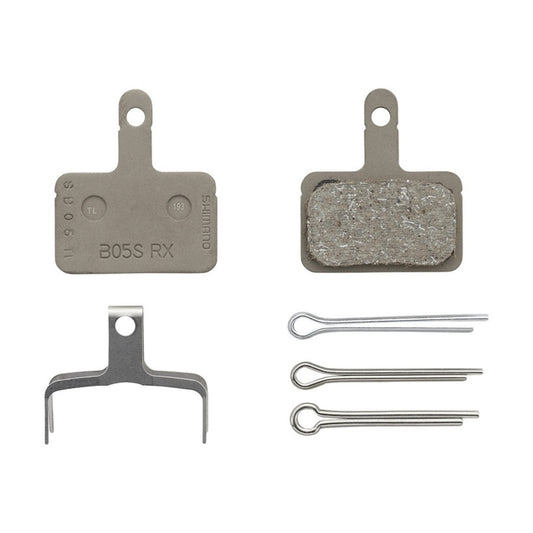
Brake Pads Organic SHIMANO B05S-RX
Regular price 5,99 €Regular priceUnit price per -

12V SHIMANO DEORE CN-M6100 Quick Link E-Bike Rated chain
Regular price From 14,99 €Regular priceUnit price per -
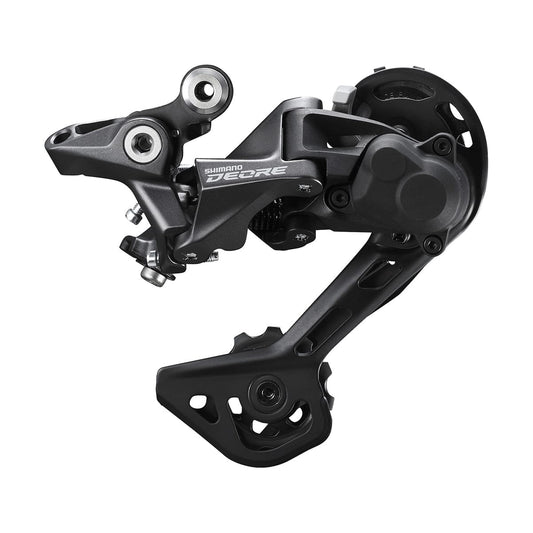
SHIMANO DEORE RD-M5120-SGS 10/11V Long Cage Rear Derailleur
Regular price 19,99 €Regular priceUnit price per
